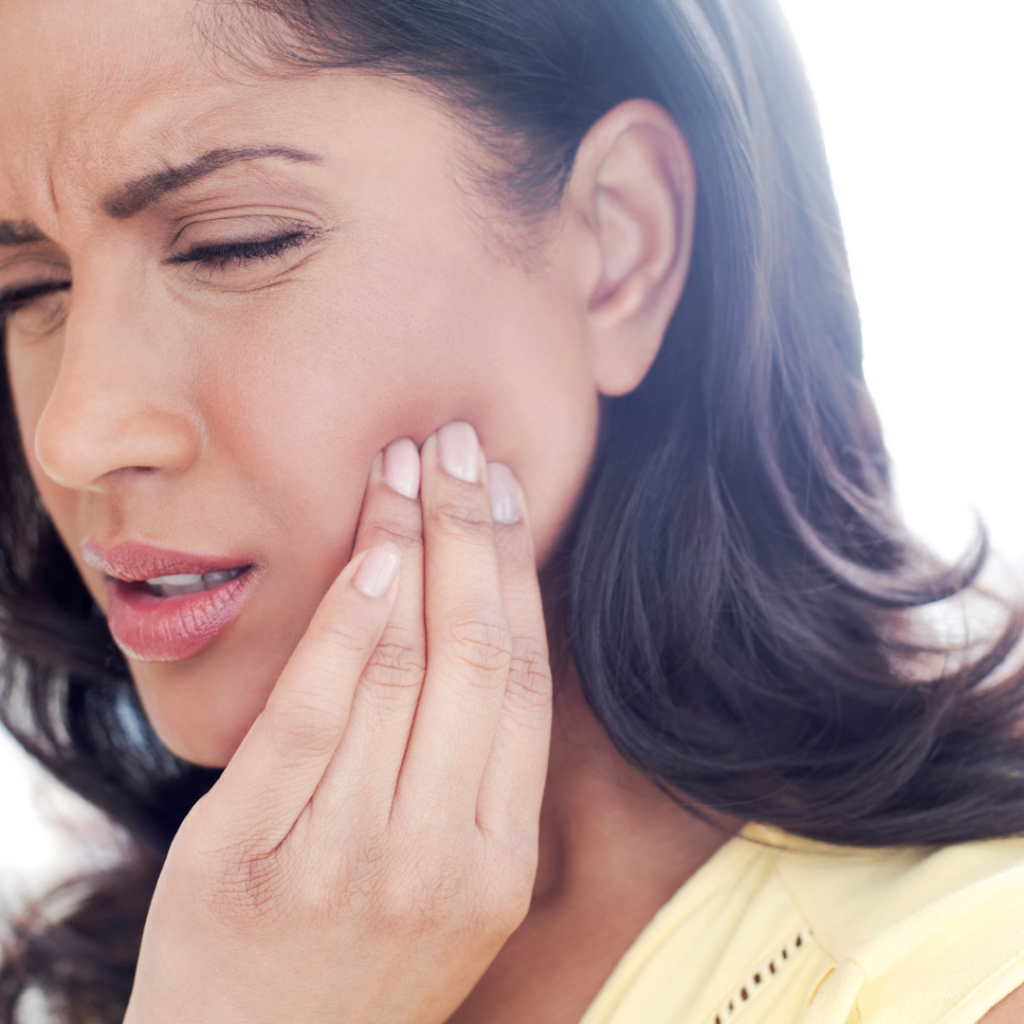
The Temporomandibular Joint (TMJ) also known as the jaw, adheres to basic principles like any other structure in the musculoskeletal system. It is vital for normal function – talking, biting, chewing, and yawning. An injury or dysfunction to the TMJ can cause pain, headache and referral into the head and neck.
Patients with Temporomandibular Dysfunction (TMD) will complain of orofacial pain, ear symptoms, toothache, headaches, joint noises (clicking, crackling, popping) and neck or spinal pain. They will also report clenching, bracing, grinding of teeth and limitations to chewing, biting, and yawning. There are many reasons to why TMD might occur including physical, mechanical, and psychosocial.
Physiotherapist Connie has recently undergone extra education regarding assessment and treatment of TMD. Treatment involves education, manual therapy techniques and exercise rehabilitation. If you are suffering or want to know about how physiotherapy can help TMD, feel free to book a consultation or give us call.